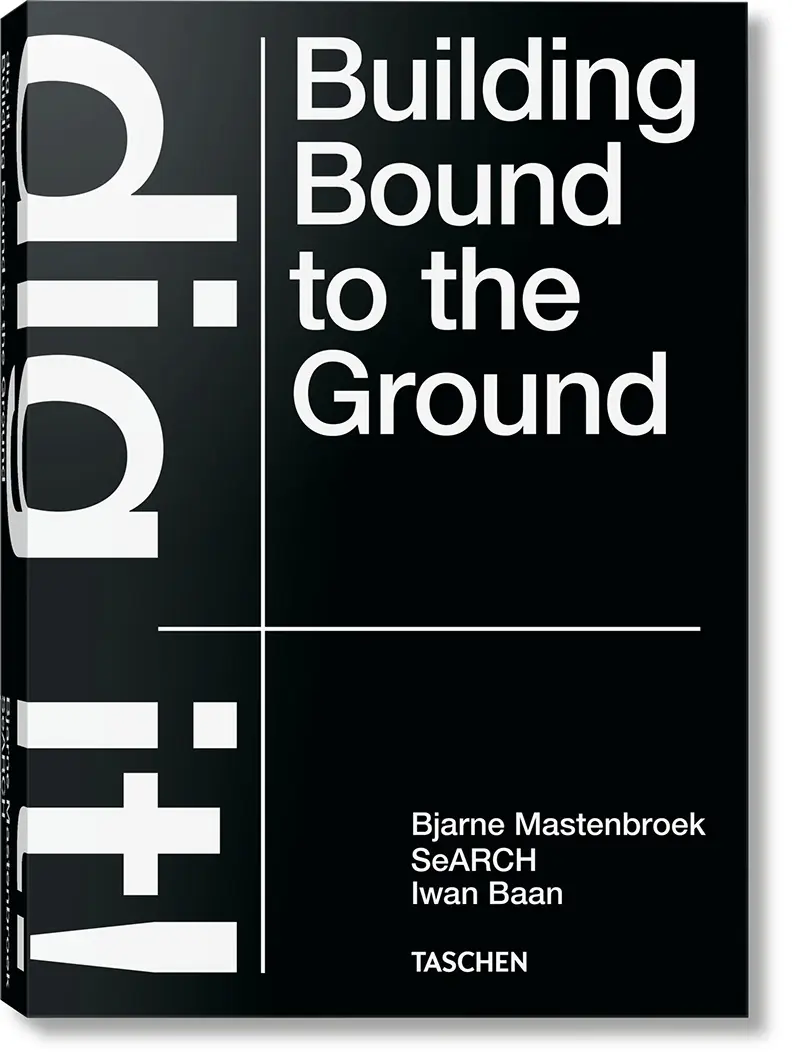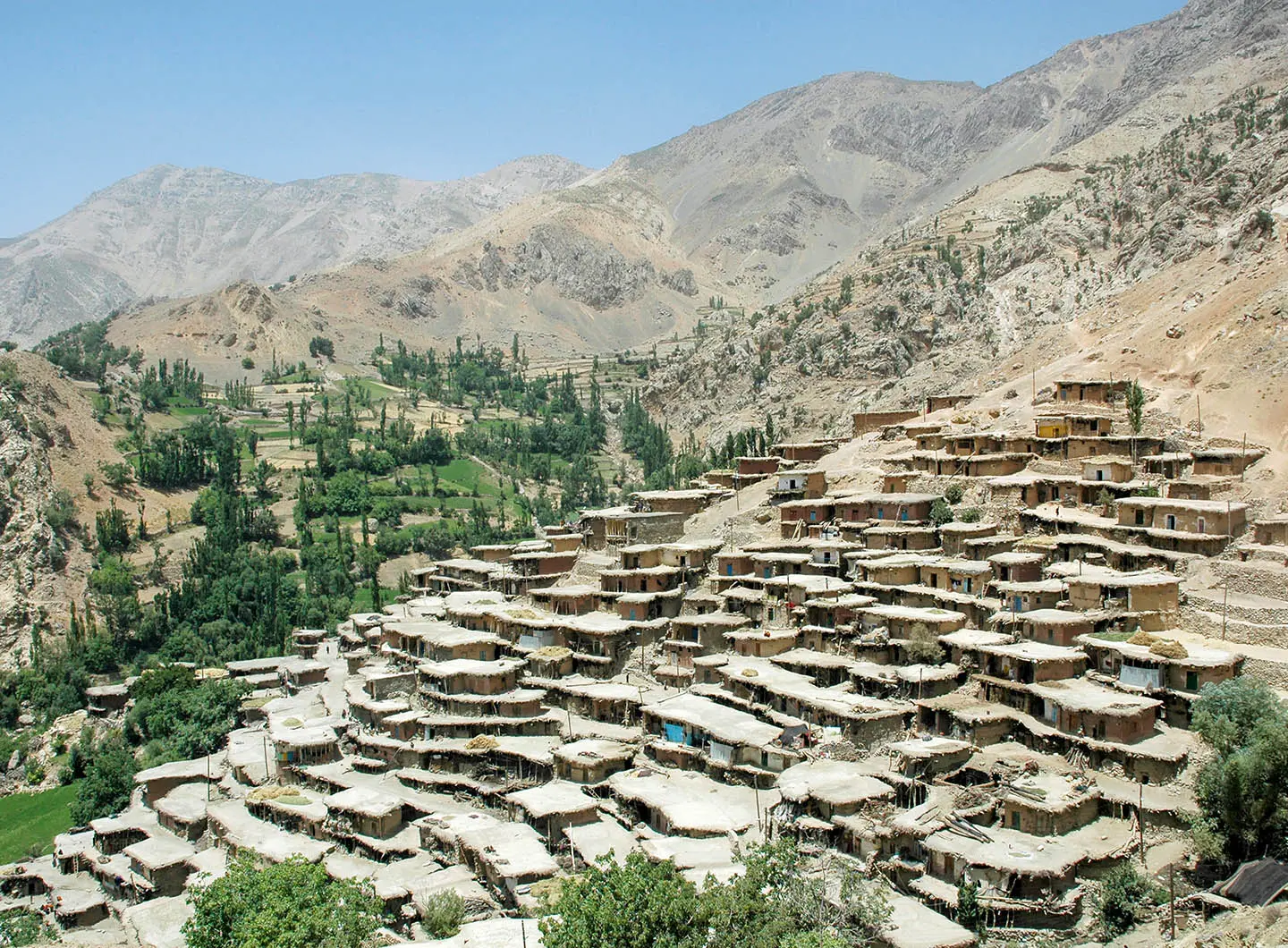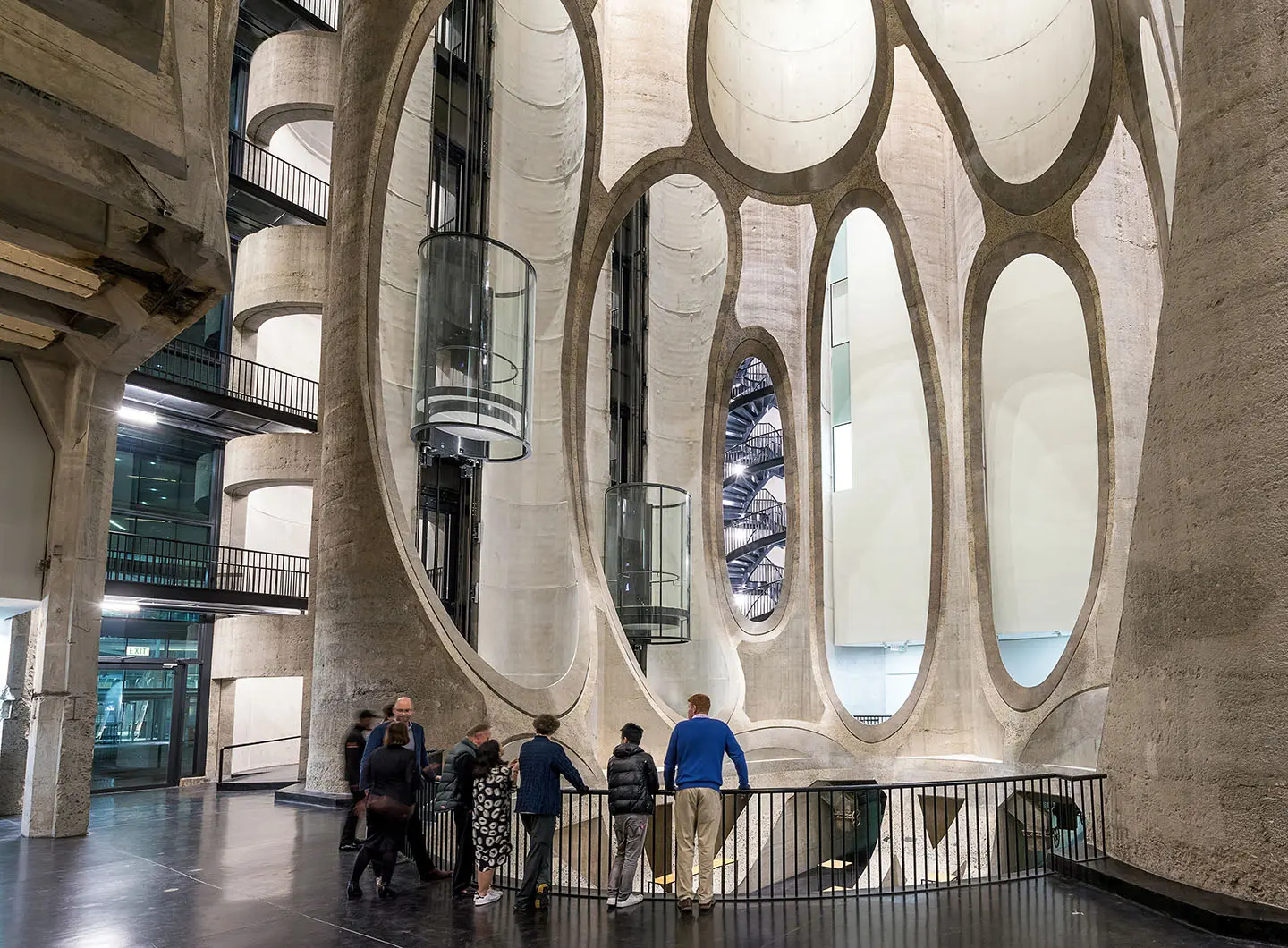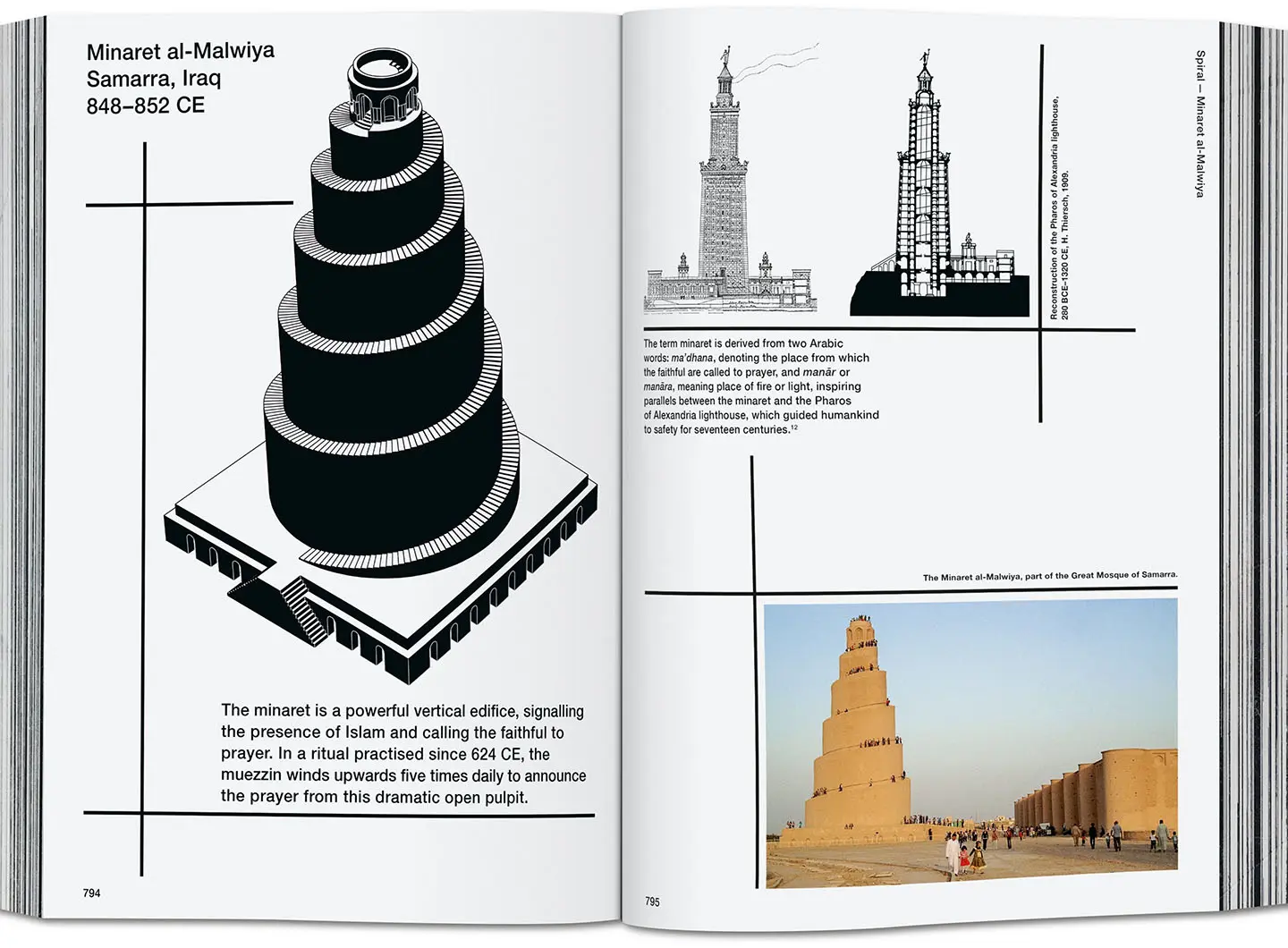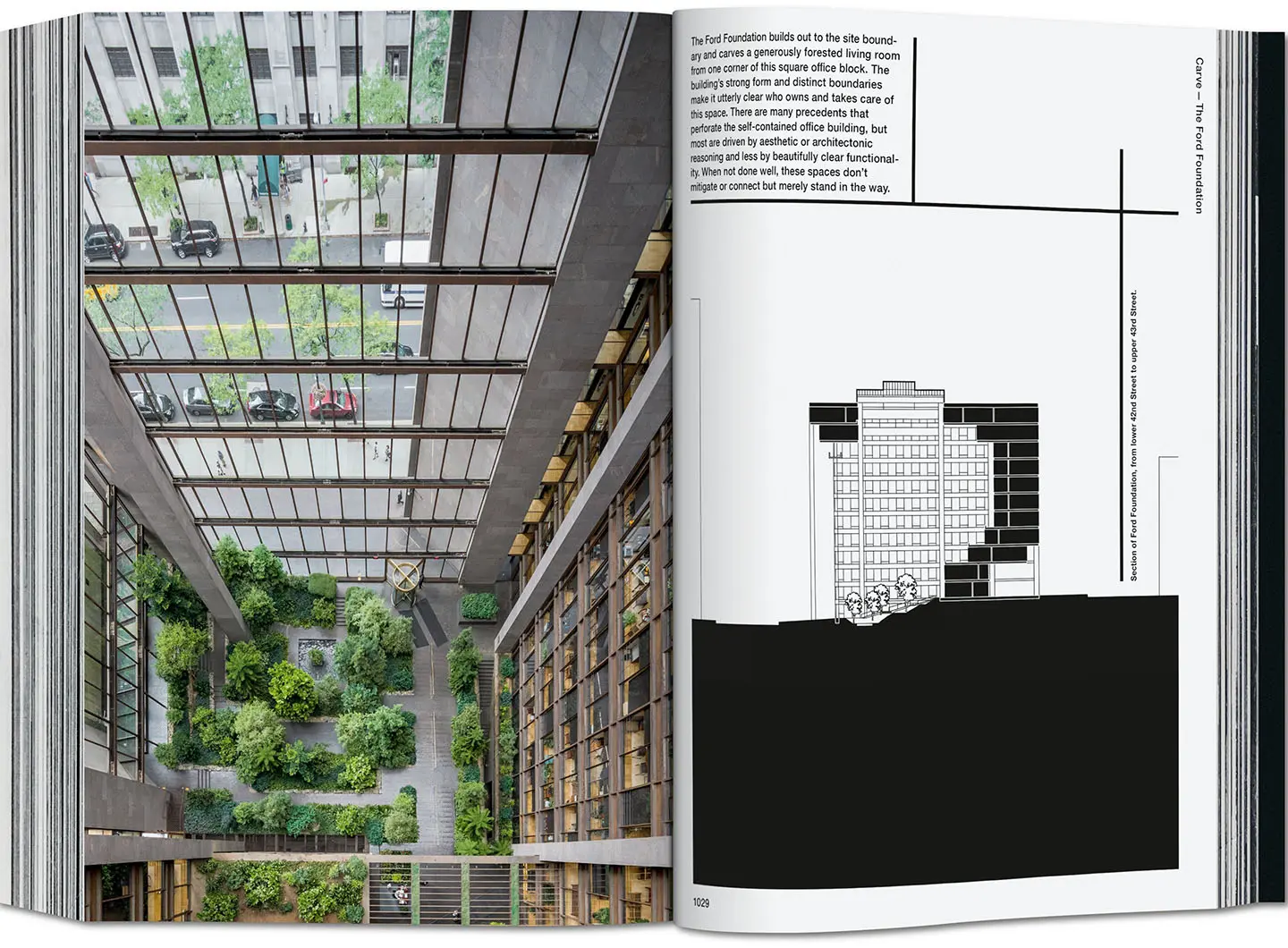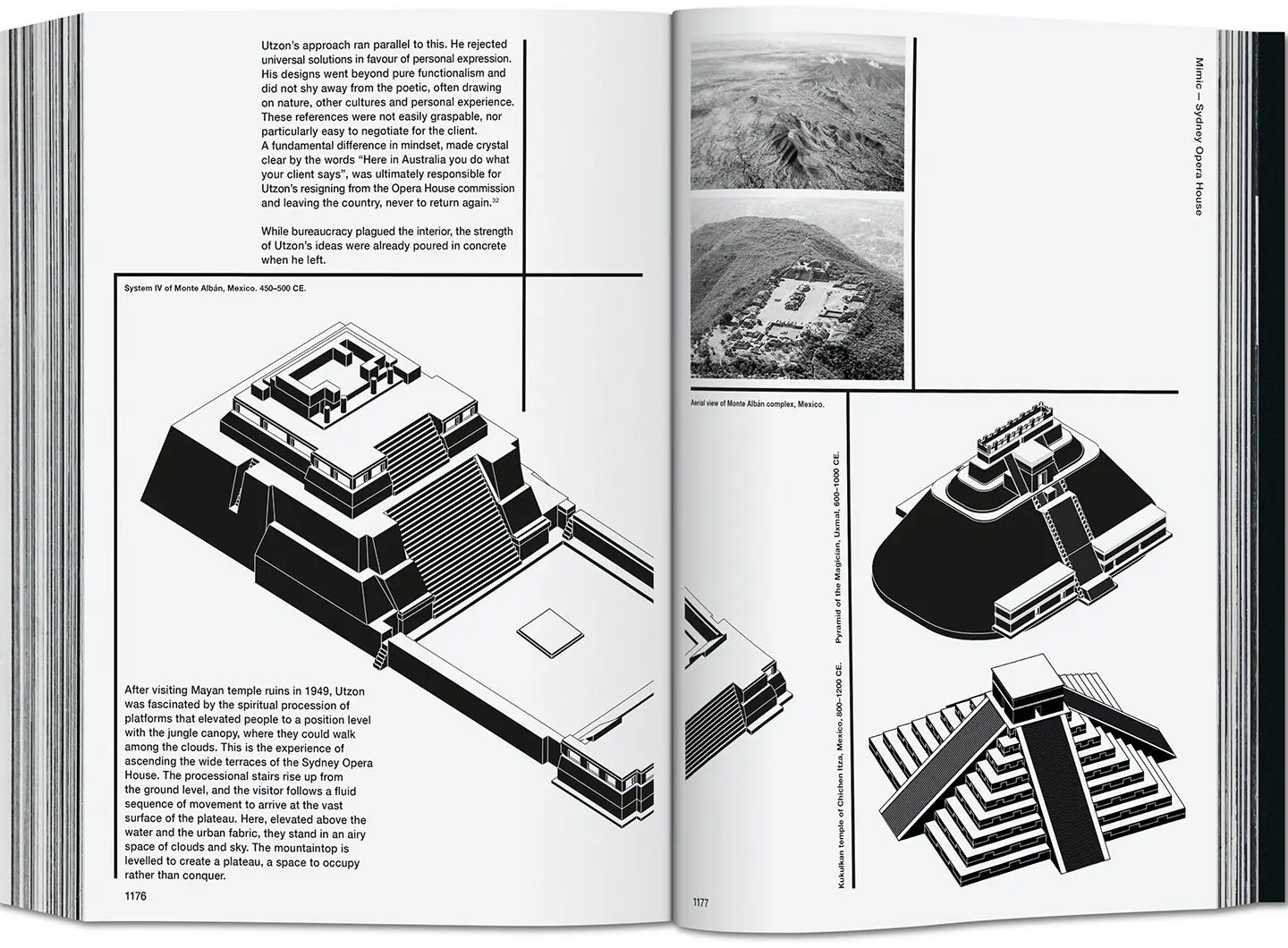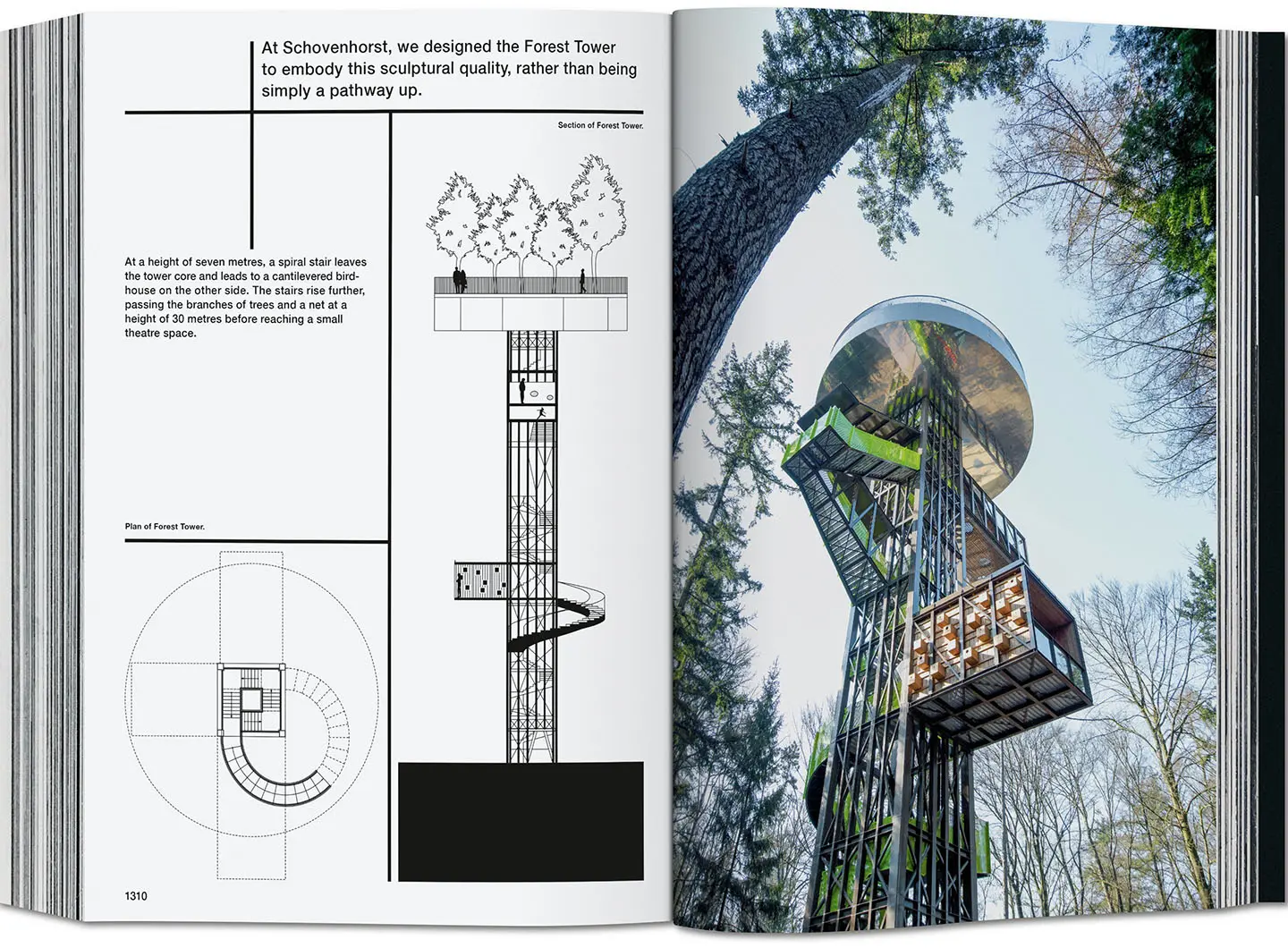From BIG to David Chipperfield, Frank Gehry to Snøhetta: a world tour of the best buildings set to open in 2026
Bjarne Mastenbroek and Iwan Baan explore the foundations of architecture
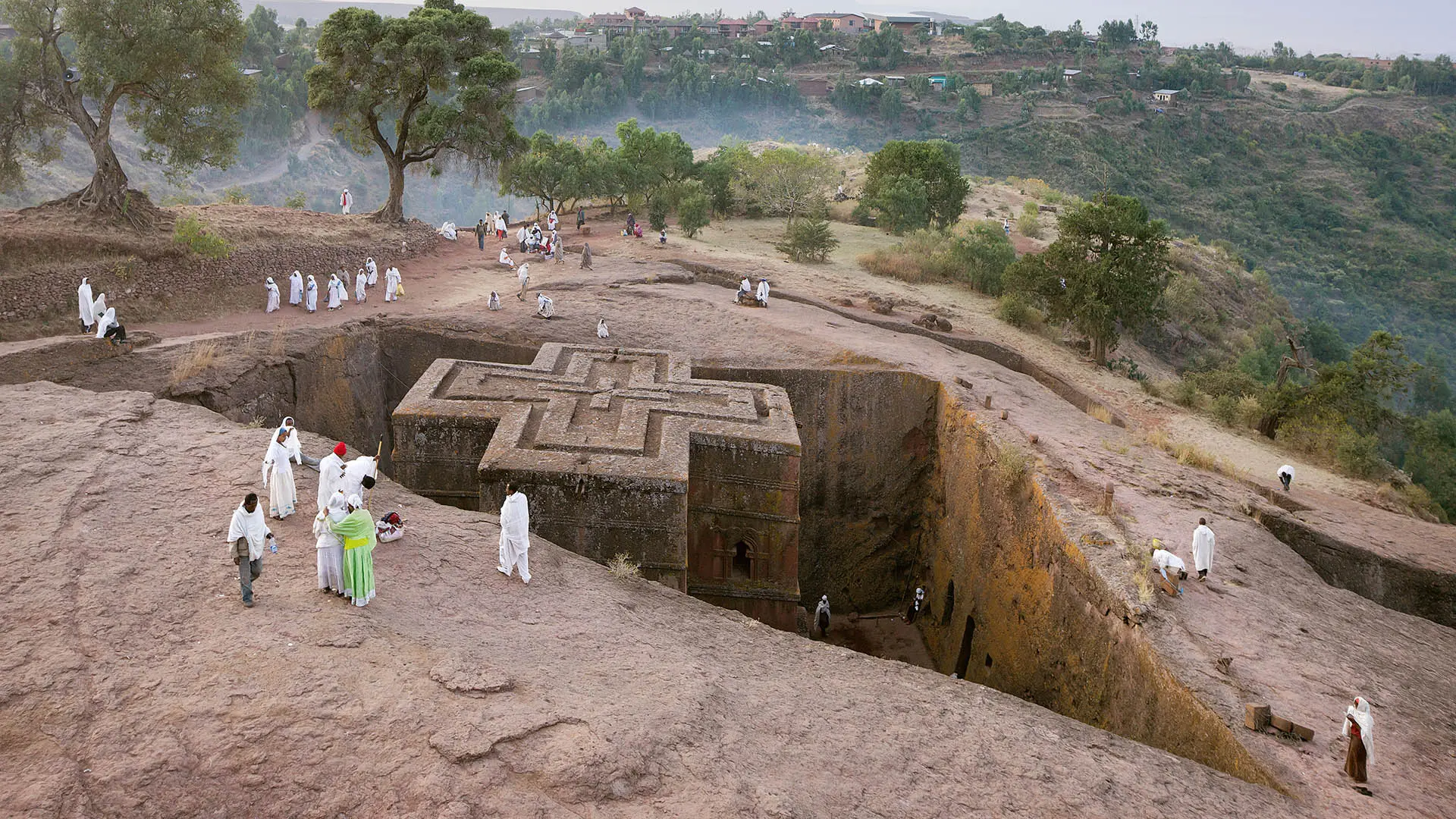
p. 244 Biete Ghiorgis, Lalibela, Ethiopia, 1100–1200. Copyright: © Iwan Baan
Dig it! Can buildings and the ground be reconciled? In these surprising 1,400 pages, the SeARCH Studio and the famous architectural photographer attempt to demonstrate that they can, by “digging” into history.
The bond between architecture and the surface of the earth has been lost over time and is now, more than ever, an urgent if not an extremely urgent one. On everyone’s conscience. Architecture and environment have become increasingly distant from each other, becoming disassociated and sworn enemies. This packed compendium, Dig it! Building Bound to the Ground, is neither an encyclopaedic treatise nor a geographical atlas. Its author, the Dutch architect Bjarne Mastenbroek, who with his studio SeARCH has been exploring the intrinsic relationship between buildings and their surroundings since 2002, believes and – especially – hopes that the location into which a building is inserted should be taken into greater consideration, bypassing the so-called modernist thinking. Architecture should be understood as an extension of the earth’s crust, not an isolated object, but connected to the land and to people.

p. 208 Kailasa Temple, Ellora, India, 756–773 CE. Copyright: © Iwan Baan
The book reveals the beauty and the diversity of the different building cultures, intelligent and relevant in the face of the challenges of the urban and natural environment and traces the tumultuous story of mankind through the building imprints it has left on the ground. Which in some, and many cases have distorted nature. It would seem that man has abdicated its duty to the environment, and there’s now a pressing need to bring the landscape back to an acceptable state by making efforts to reconnect in order to understand the relationship between buildings and “their” sites. Mastenbroek stresses that there has been no shortage of attempts over the centuries to instil a form of connection with the ground, for ritualistic and religious reasons, in search of protection or equilibrium. What is striking is that all through this lengthy story, which began 2.6 million years ago, mankind enjoyed a symbiotic relationship with nature for 99% of its existence, which has now been lost. The evolution of architecture seems to have signalled its break with nature, and 1964 is put forward as the decisive moment. The biotechnological revolution suggests that a rebalancing of the relationship between biology and technology, life and buildings is essential. There have been periods in history – Classicism, Enlightenment and Modernism – in which man has felt himself to be separate from and superior to nature, dictating its rules and its orders.
The book contains a wealth of iconographical material, from photo shoots by Iwan Baan to plans, planimetries, snapshots and drawings and conversations with various architects, and has been innovatively designed by Mevis & Van Deursen. It is split into 6 chapters, or “strategies” for reconnecting architecture landscape, buildings and the surface of the earth.
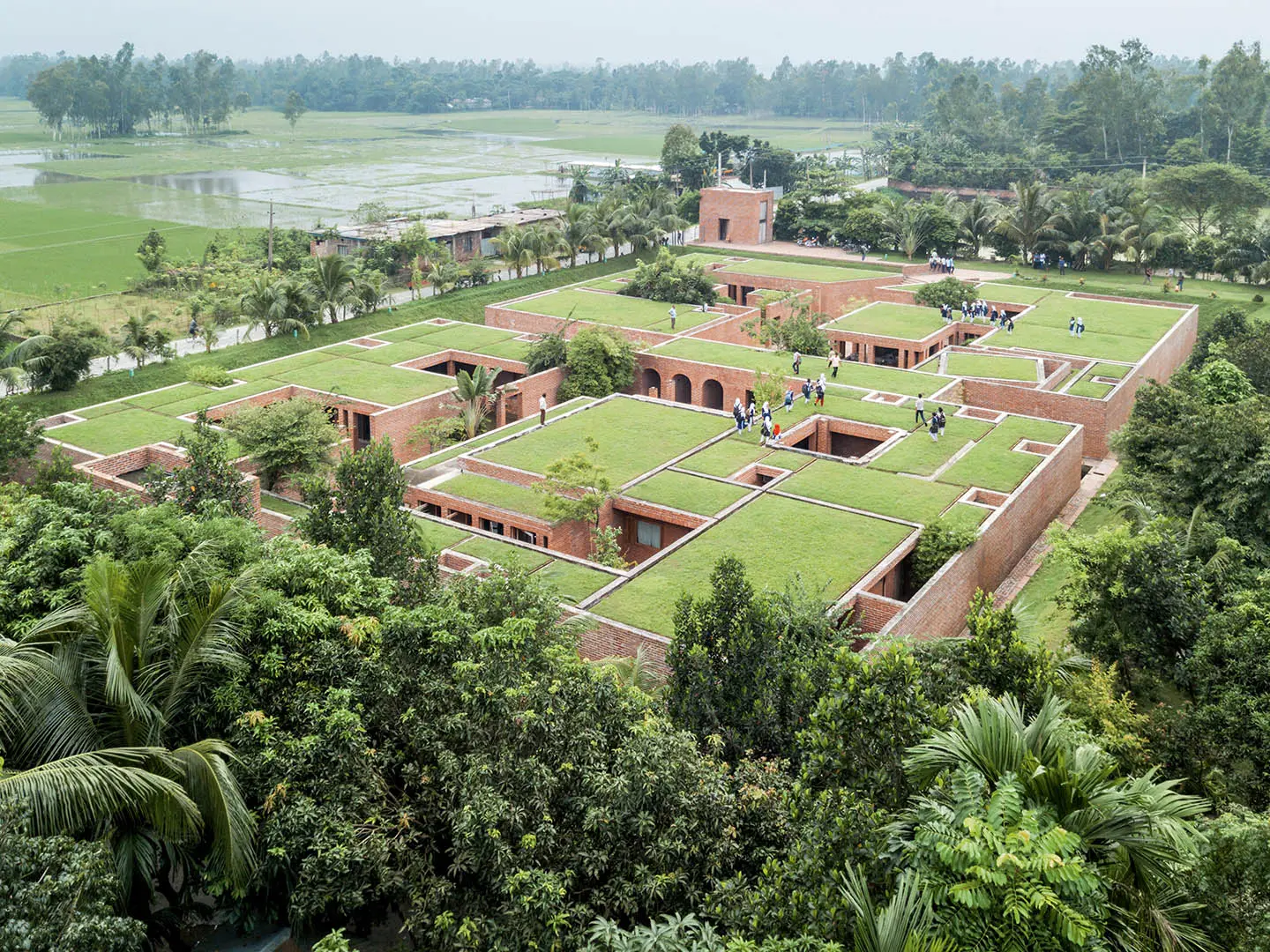
p. 586 Friendship Centre, Gaibandha, Bangladesh, RBANA, 2011. Copyright: © Iwan Baan
The first section, Bury, is devoted to edifices built underground, which ensure that the landscape above remains undisturbed, such as the Ethiopian Church of St George in Lalibela complex and the extremely ancient Yaodong cave dwellings on China’s Loess Plateau, which are still inhabited today, right up to more contemporary buildings such as Timo & Tuomo Suomalainen’s Temppeliaukio church in Helsinki and BIG’s Danish Maritime Museum in Elsinore. In the following chapter Embed, edifices and buildings share parity of position on the ground, such as the Ancient Theatre of Epidaurus, the rural village of Sar Agha Seyed in Iran and Frank Lloyd Wright’s iconic Fallingwater and Atelier 5’s 1950’s Halen residential complex in Switzerland. In the Absorb section, however, architecture is seen as geology. This includes, for example, edifices built on the surface, which receive “information” from underground, such as the Costa Brava Clube, high on the rocks above the sea in which the topography is an integral part of the building itself and Villa Malaparte, which extends the cliff with its artificial pink. By merging with the landscape, both edifices invert and conceal the original topography and the dialogue between these buildings and the ground can only be understood once inside them. In the fourth chapter, Spiral, the ground becomes contorted, increasing building footprint without necessarily creating flat surfaces. Architecture not born of necessity but as a ceremonial element. The first attempts, the ziggurats in Ancient Mesopotamia, were reaching for the sky, the sacred and the divine. As the author remarks, the spiral is also a commonly occurring shape in nature, from the structure of DNA to the distribution of the stars in the galaxy. The edifices featured in the Carve section have been hollowed out, creating a landscape of air and light, like the MASP in Sao Paolo by Lina Bo Bardi and the Indian Institute of Management Ahmedabad by Louis Kahn, whilst in Mimic, the architecture takes its cue from the landscape, simulating its characteristics and the natural systems. Here the buildings and the landscape start to meld together, as in the Sydney Opera House by Jorn Utzon and the Jeanne Hachette complex in Ivry sur Seine by Jean Renaudie.
This important book – an incredible revelatory excursus into the connection that exists between man and the ground with regard to building practice – ends with a final appeal: we need to husband our resources and use them intelligently, leaving more room for ‘nature’ to survive.
Title: Dig it! Building Bound to the Ground
Author: Bjarne Mastenbroek - SeARCH
Photo/s by: Iwan Baan
Published by: Taschen
Published: 2021
Pages: 1,390
Language: English


 Stories
Stories
